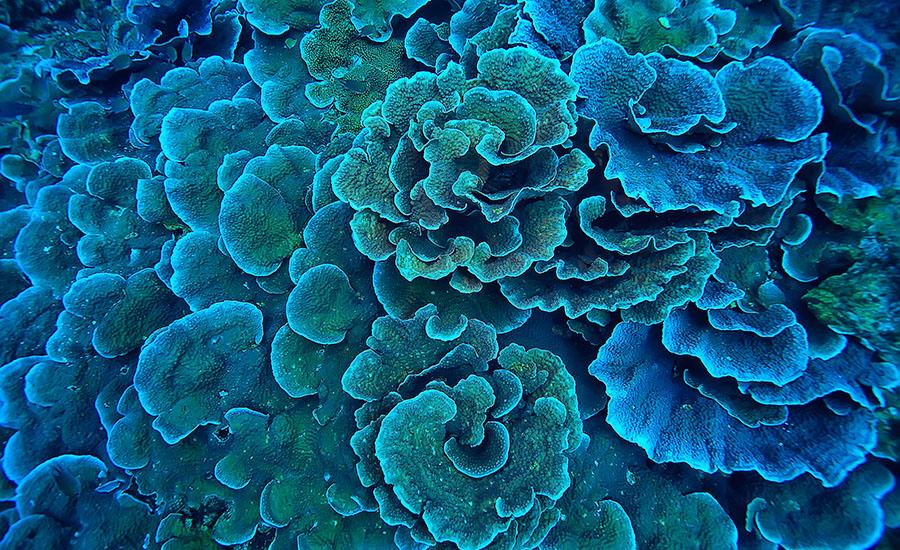
Trash Catastrophe Part 2
by Lydia Carlson
After students collected authentic data from their class and defined the problem related to trash, students follow through with solving the problem using the engineering process. In the second half of this two part lesson, students define criteria and constraints, engage in researching, then design, build and evaluate a prototype that will help solve our trash problem. While there are two options included in the plan, the second option is the primary focus. In option two students solve the issue of throwing away paper, but making new paper out of recycled paper in a process called frame and deckle. Students then evaluate both the process of making paper and the final product.
Lesson Grade Level
6th GradeLesson Plan Link/URL
https://docs.google.com/presentation/d/1dK6L5P3htLb2aI576drHa3RyT7ZY_26o/edit?u…Subject Area
Science Life Science L2: Organisms & Energy Technology 1. Empowered Learner Engineering S2: Apply the Engineering Design Process S4: Apply Science to Engineering English Language Arts (ELA) Speaking & Listening
Featured
Off
Related Content

Grades:
Kindergarten
In this engaging lesson, students will participate in an engineering challenge or STEM activity that connects to a read aloud. Students will communicate solutions that will reduce the impact of humans

Grades:
6th Grade
In this 1st lesson in a series of 3, students learn about the Great Pacific Garbage Patch. They create a model and write and defend a claim about humanity's ability to mitigate the problem. This

Grades:
6th Grade, 7th Grade, 8th Grade
In this hands-on lesson, students will consider what they think about several different closed systems. Then students will design and carry out investigations of living things to inform their closed

